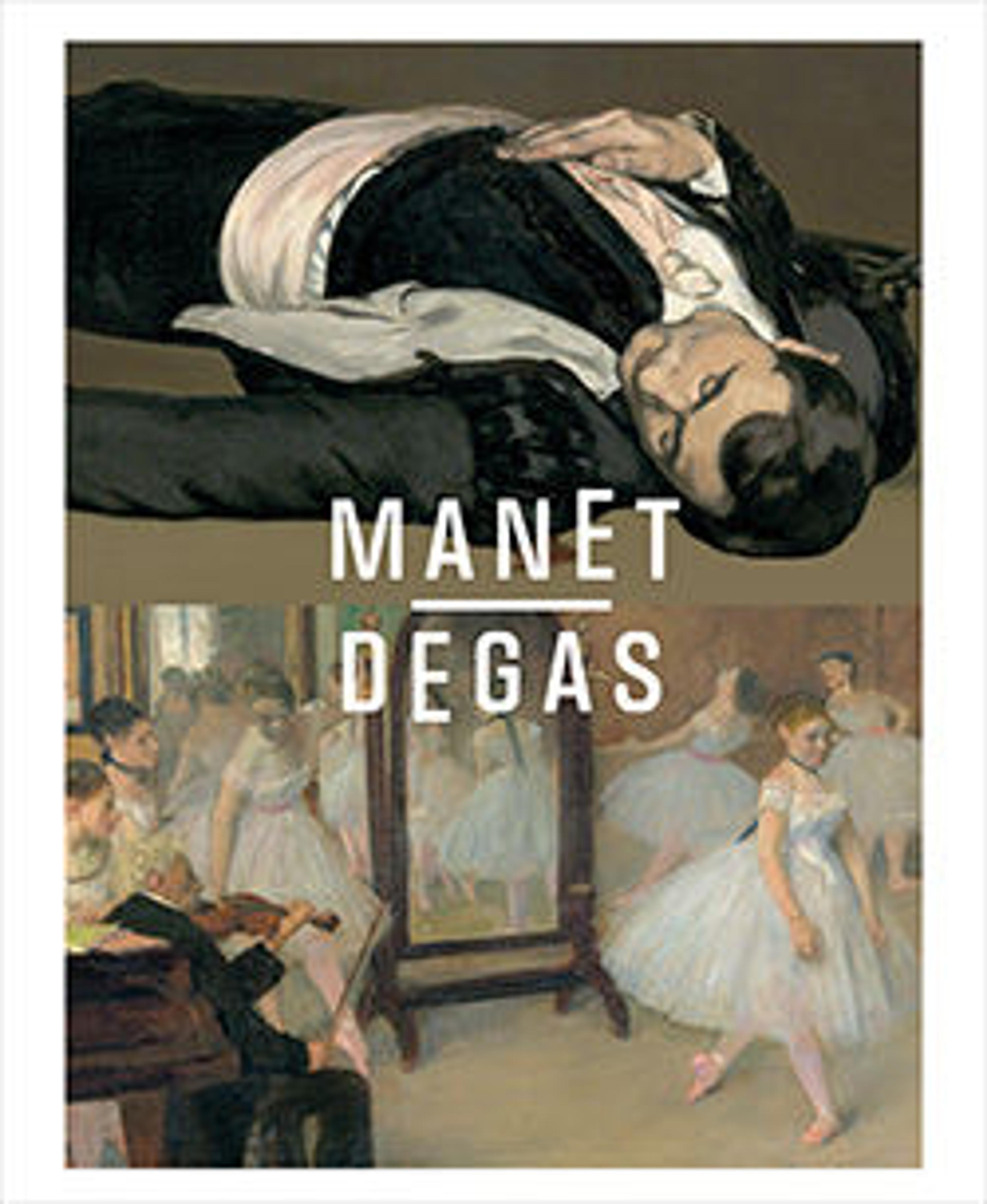A Woman Seated beside a Vase of Flowers (Madame Paul Valpinçon?)
Artwork Details
- Title: A Woman Seated beside a Vase of Flowers (Madame Paul Valpinçon?)
- Artist: Edgar Degas (French, Paris 1834–1917 Paris)
- Date: 1865
- Medium: Oil on canvas
- Dimensions: 29 x 36 1/2 in. (73.7 x 92.7 cm)
- Classification: Paintings
- Credit Line: H. O. Havemeyer Collection, Bequest of Mrs. H. O. Havemeyer, 1929
- Object Number: 29.100.128
- Curatorial Department: European Paintings
Audio
6170. A Woman Seated beside a Vase of Flowers (Madame Paul Valpinçon?)
Gallery 810
ALISON HOKANSON: We are looking here at an early work by Edgar Degas. The first thing that you'll notice is that this scene has a very unusual composition for a figure painting. This overflowing vase of flowers dominates the center of the canvas, and then the woman is squished in at the right. The novelty of this composition has led many writers to suggest that Degas added her as an afterthought.
However, Degas generally thought out his paintings very carefully. He famously said, "I assure you that no art was ever less spontaneous than mine." In fact, he often sought out skewed layouts like this one because they created the effect of a composition or a scene that had arisen by chance.
Similarly, you'll note that the woman's gaze is averted and she has her hand at her mouth, so that she appears to have been caught in this intimate, unguarded moment. If you look around the galleries at the rest of our Degas collection, you can see how he continued to depict sitters from odd viewpoints and in seemingly off-the-cuff moments, as if he was literally seeking a new angle on his subjects.
KEITH CHRISTIANSEN: Degas’ art frequently runs counter to expectations. Not only does he treat subjects that no previous artist touched on, but he looks at them with a cool, analytic eye. Is there, in the end, anything more subversive than giving equal emphasis to a vase of flowers and a person? Is this picture a still life or is it a portrait? Or has the woman become part of the still life? I’m reminded how that great realist painter of the seventeenth century, Caravaggio, once declared to his patron that it was as hard to paint a vase of flowers as a figure.
More Artwork
Research Resources
The Met provides unparalleled resources for research and welcomes an international community of students and scholars. The Met's Open Access API is where creators and researchers can connect to the The Met collection. Open Access data and public domain images are available for unrestricted commercial and noncommercial use without permission or fee.
To request images under copyright and other restrictions, please use this Image Request form.
Feedback
We continue to research and examine historical and cultural context for objects in The Met collection. If you have comments or questions about this object record, please contact us using the form below. The Museum looks forward to receiving your comments.
